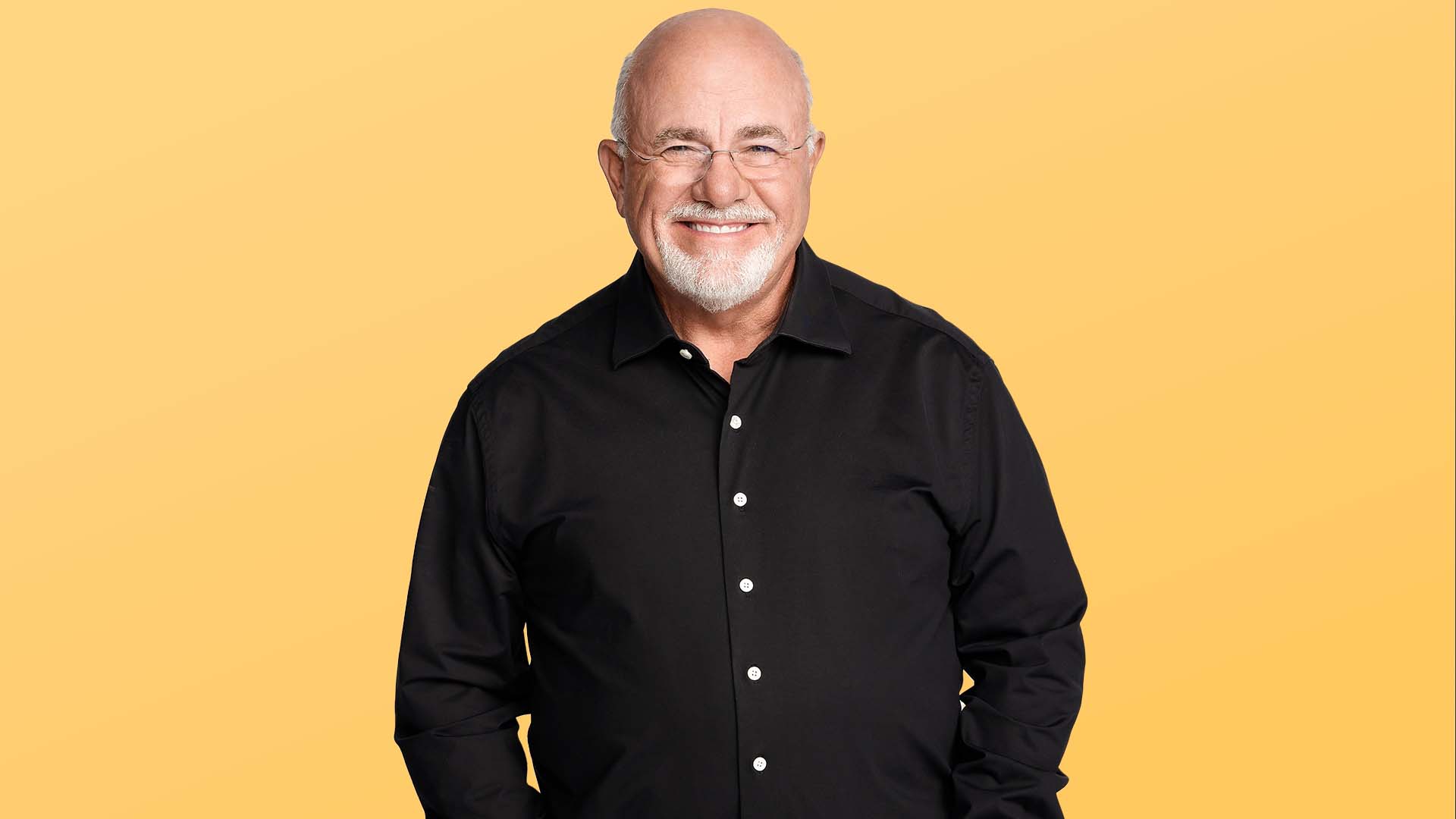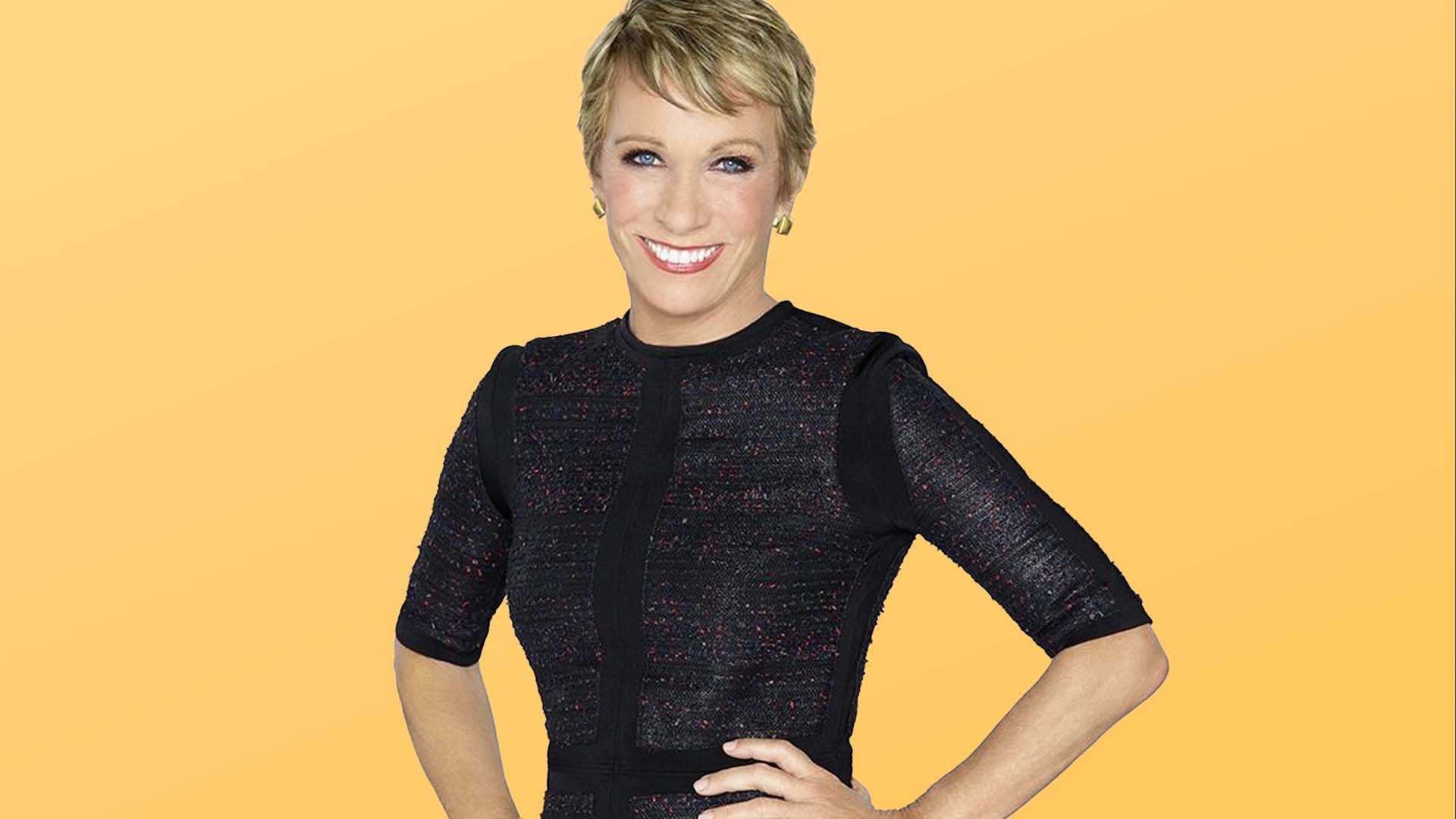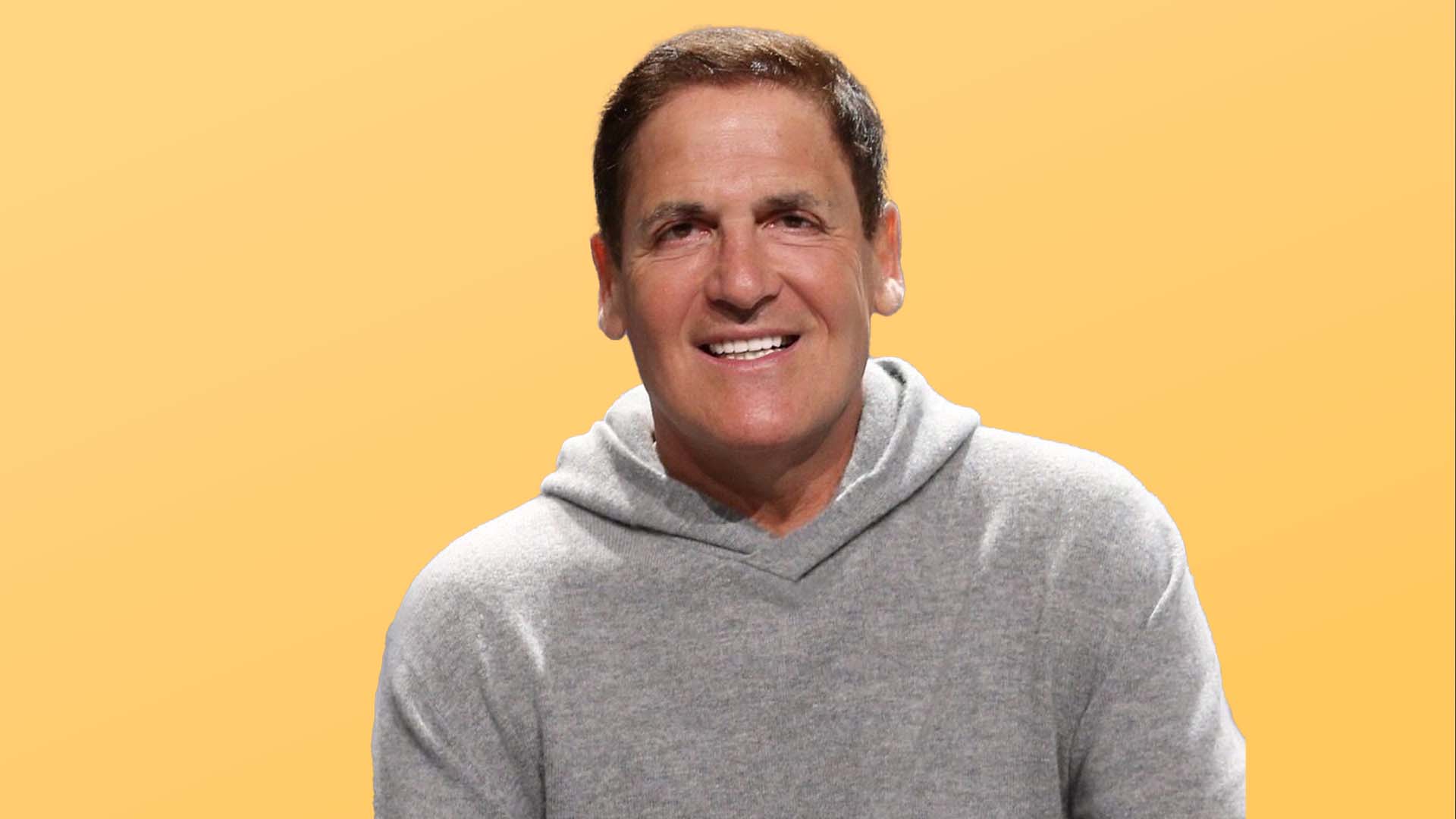Dave Ramsey Says This is the Best Way to Pay Off Debt

Commitment to Our Readers
GOBankingRates' editorial team is committed to bringing you unbiased reviews and information. We use data-driven methodologies to evaluate financial products and services - our reviews and ratings are not influenced by advertisers. You can read more about our editorial guidelines and our products and services review methodology.

20 Years
Helping You Live Richer

Reviewed
by Experts

Trusted by
Millions of Readers
When you’re staring down a mountain of debt, it’s only natural to want to get to flat land as quickly as possible. You figure, why not throw everything you have financially at the debt with the highest interest rate? Then all you have to do is ride the ensuing avalanche down to the ground of financial security.
It sure sounds good.
But for Dave Ramsey, bestselling author and trusted financial advisor to millions, that attitude could be a trap — and a reason you’re staying in debt longer than necessary.
GOBankingRates spoke with Ramsey as part of our Top 100 Money Experts series, and he shared that the smartest way out isn’t the one that saves the most on interest — it’s the one that builds momentum fast enough to keep you going.
Avalanche vs. Snowball
On the surface, the debt snowball method runs counter to most conventional finance advice, which argues that you should pay off the debt with the highest interest rate first, regardless of balance — a method known as the debt avalanche. With the debt avalanche, more of your payments go toward the principal, and you pay less in interest over time. From a strictly mathematical standpoint, it is the most efficient approach.
But Ramsey argues that this isn’t a math problem — it’s a behavior problem. And for most people, leading with logic instead of motivation is what gets them stuck.
“You should always start with the smallest debt first, regardless of the interest rate,” Ramsey told GOBankingRates. “The Debt Snowball Method works because personal finance is 80% behavior and only 20% head knowledge.”
The snowball method flips the conventional logic on its head. You list your debts from smallest balance to largest, and make only the minimum payments on all but the very smallest one. That’s the one you attack first, aggressively paying it off. Once it’s paid off, you roll the money that was going towards it into the next smallest debt, building momentum as you go.
As each smaller debt disappears, you gain confidence, motivation — and a larger payment to put toward the next debt. That emotional traction is what Ramsey says most people are missing.
The Power of Progress
Ramsey stands by the snowball method because he understands that, for better or worse, emotions and ingrained behaviors influence how people handle money. And people need to feel wins early and often to stay motivated, especially when they’re overwhelmed by debt.
“Knocking out that first debt gives you a quick win and builds momentum,” Ramsey said. “Once you see progress, you’re fired up to keep going. If math was the only issue, most people wouldn’t be in debt to begin with — it’s about changing habits and attacking debt with intensity.”
That’s why he cautions against getting too caught up in interest rates. While avalanche math might save you money in the long term, the long term is hard to stick with if you don’t see progress.
“The snowball method works because it gives you hope,” he said. “When you pay off a small debt, you feel like you can actually win — and hope is what keeps you in the game. That early success creates emotional fuel.”
Why Avalanche Fails for Most People
According to Ramsey, the avalanche method, though logical, doesn’t work for most people because it takes too long to feel rewarding. That lack of progress kills people’s motivation.
“That’s the problem with the avalanche — it’s slow, and slow kills motivation,” he said. “It is NOT actually mathematically correct if you incorporate ‘probability of completion’ in your math formula.”
The way he sees it, the snowball method resolves one of his core issues with the avalanche method, which he considers a slow-burning motivation-killer. The most efficient plan on paper doesn’t matter if you don’t finish it. And most people don’t.
“Hardly anyone finishes the avalanche, and millions have completed the Debt Snowball,” he said. “You fix a behavior-based problem with a behavior-based solution. Paying off debt is about momentum, not math.”
Bottom Line
While the avalanche method might save more money on interest, it often fails where it matters most: keeping people motivated. That’s why Ramsey stands by the snowball approach.
“I always recommend the Debt Snowball Method because most people need those small victories to stay engaged,” he said. “If you try to lead with math instead of motivation, you risk burning out before you see real progress.”
This article is part of GOBankingRates’ Top 100 Money Experts series, where we spotlight expert answers to the biggest financial questions Americans are asking. Got a question of your own? You could win $500 just for asking — learn more at GOBankingRates.com.
Laura Bogart contributed to the reporting for this article.
 Written by
Written by  Edited by
Edited by  Money Expert
Money Expert 









































































































